Just back from this year’s Complete Namibia Tour, today we start a series of travelogue-style episodes to walk you through our antics as my group and I traveled this majestic land.
I’m going to come right out and say, that I believe this year’s Namibia tour was probably one of my best tours to date, if not these best. I’ve been incredibly fortunate to travel with many wonderful people over the years, and everyone on this group seemed to click with each other, which makes my life as a tour leader very easy, and the photographic opportunities that we were presented with on this trip were incredible too.
Humbling Experience
We start in Windhoek, the capital of Namibia, then drove down to a place called Keetmanshoop, for one night, to photograph the Quiver Tree Forest there. On our way, we stopped to eat our packed lunches on the grass in front of a supermarket, and I had a very humbling experience that I’d like to share with you before we start to look at some images.
Namibia has quite a high percentage of unemployed people, and very little by way of benefits to help those without work. As a group, whenever we have food left in our often too large lunch packs, rather than wasting it, we collect it together and give it to people that we meet on the road. We did just this on our first lunch stop, and after our guides had handed one man some food, I found a few other uneaten apples and sandwiches, so I walked over to this man to hand these over too.
As I approached him, I saw that his hands were both already covered in yellow grains from the cornbread that we’d given him. As I reached out to hand him the apples and sandwiches, he opened his mouth, showing me his teeth also covered in yellow grains, and this is usually something that I am not keen on looking at. He gave out almost a scream of delight, and threw his hands out to his sides, then extended them forwards to accept the food.
I have never been so happy to see the food inside a person’s mouth. It was a beautiful sight! But at the same time, incredibly sad and humbling. I could hardly believe that we could make a man so happy simply by giving him a meal, and I was immediately reminded of the hardship that many people face just obtaining the food that they require to simply stay alive. We are so fortunate to live in a world where the next meal is almost a given, and I also feel incredibly fortunate to have been able to witness this humbling experience first-hand as we traveled in Namibia.
We did, of course, continue to collect what we didn’t eat, and I noticed that not only were people that were obviously struggling to get a meal accepting the food but even officials working on some of the remote national park gates etc. would gladly take what we could offer them. Please don’t think that this is coming from some sort of an aloof perch, handing down our scraps. Everyone that we can help on this tour is treated with utmost respect, often with our local guides passing the food discretely to the recipients. This is actually another reason why I felt so fortunate to have been able to have had the experience I just mentioned during our first lunch, as I don’t normally pass the food directly.
Quiver Tree Forest
Anyway, moving on to our first shoot, we checked in at the nearby lodge in the afternoon of day one and made our way to the Quiver Tree Forest. We shot for a couple of hours to give the group a chance to stake out some nice places to shoot the sunset, and here is my shot to show you what it was like (below). I’m not much of a sunset person per se, but when we can get something nice and unique like the quiver trees in the frame, as well as the fiery African sky, it’s hard to resist.
I enjoy doing these silhouette images, looking for a spot with a nice main tree, then also trying to get some nice separation between the trees in the background, as well as a clear edge on either side of the frame. I was shooting with my 24-105mm lens at 27mm and struggled quite a bit to get a nice line of trees without too many bushes, like the one you can see below the right-most quiver tree. Still, the sky is lovely and it was an enjoyable shoot. My other settings were f/14, and a 0.2-second exposure with ISO 100.
Moonlit Quiver Trees
Because of availability of some of the key lodges, this year I was not able to align our visit to the Quiver Tree Forest with a new moon, which would have allowed us to shoot the Milky Way, but there was going to be an almost full moon, which I was hoping to use to good effect. Rather than going back to the lodge for dinner then coming back out, I negotiated a late dinner, to give us an extra hour in the forest as the moon rose.
The result was this next photograph, with the moon illuminating the low cloud cover, but the stars also clearly visible shining through the clouds (below). We can also see how the moonlight had lit the base of some of the foreground trees, making them not quite silhouettes, but I like being able to see that extra bit of detail.
I shot this with my 11-24mm lens at 17 mm. Now, of course, shooting by moonlight, my shutter speed was 25 seconds at f/4, and ISO 1600. At 17mm you can’t really use a longer shutter speed, because the stars start to elongate if you do, and I didn’t want that. This is why I chose to use a high ISO and wide aperture instead of a longer exposure. There is still some nice movement in the clouds though, and I really like being able to see stars in the relatively bright sky. It definitely makes up for not being able to shoot the Milky Way here this year.
The Giant’s Playground
The following morning, we visited the nearby Giant’s Playground before breakfast, to photograph the boulders silhouetted against the pre-dawn sky, as you can see in this photograph (below). I like looking for faces in the rocks, and pretty much did a repeat of one of my favorite photos from this location, with the boulders on the left looking a little like the Moai Statues, and there is a large chinned man bottom right, and a portly somewhat Shrek-like face in the bottom center of the frame.
I shot a few frames as the sun got closer to the horizon, and this was the one that had the most intense color. I really like the perfectly clean gradation between the orange and the blue here. My shutter speed was 1.3 seconds again at f/14, at ISO 100 and a focal length of 85mm.
Kolmanskop
After breakfast back at the lodge, we checked out and drove through the morning to Kolmanskop, the deserted diamond mine town, where the desert is gradually reclaiming the houses. This first image (below) is one of my favorite scenes, and one of my first shots, as I showed some of the participants where this particular house was. This small indoor sand-dune has been there for five years now, since my first visit in 2013. This house is actually faring better than some, which are starting to succumb to the desert more quickly than others.
I really love the color contrast in this room, with the pastel blue being almost exactly the opposite color to the orange sand on a color wheel, and that’s something that we are almost programmed to find appealing. This was a two-second exposure at ISO 100, a focal length of 28mm and you guessed it, an aperture of f/14. That’s my go-to aperture when there is no reason to change it. It gives me enough depth of field at this focal length to get everything in the frame sharp.
Playing with Color
I continued playing with the color in these beautiful old houses, working with a similar palette this time, with the orangey-brown walls similar to the color of the sand. There was also a hint of blue and teal coming from the left and right rooms at the end of this sand-filled corridor. Quite often, to shoot these images, I simply get far enough into the room to get past the doors to the sides near the entrance, just enough to give me a clear shot of what I consider to be a much cleaner scene, with fewer distracting elements.
I also have a vertical orientation shot of this image with an old light-shade hanging down from the ceiling included, and I think I prefer that shot, but the blog formatting works better with landscape orientation images, so that’s what I’m sharing at this time. I shot this at 24mm, f/14 for 0.8 seconds at ISO 100. I pretty much always stick with ISO 100 unless there is a reason to change it as well. I’m not afraid to increase the ISO of course, routinely shooting up to ISO 6400, but with no real wind requiring me to speed it up, ISO 100 it was.
Collapsed Ceilings
Something that I saw much more of this year was houses where the ceiling has literally just collapsed into the downstairs rooms, as we can see in this photo (below). I imagine this is mostly caused by the weight of the sand that accumulates on the floor upstairs, especially as the roofs succumb to the elements allowing more sand in. Here once again though, I enjoyed the contrast between the blue walls and orange sand.
My shutter speed for this image was 4 seconds at ISO 100, so we can tell that the afternoon light was getting a little darker by the point. Again, my aperture was f/14 and my focal length for this shot was 30 mm.
Exterior Shot!
Next, I want to share one of the few photos I’ve made of the exterior of the buildings at Kolmanskop. I don’t do this often, as I generally prefer the colors of the interior, as well as the spectacle of having sand-filled rooms, but this particular scene caught my eye, as we wandered from building to building. As you can see, the sand also builds up against the outside walls sometimes, and I thought this straggly tree made for a nice element along with the window and sand (below).
I like cropping in tight like this, but here I was also forced in tight because I didn’t want to include the frame of the door just to the right of this scene. I’m not a big fan of the grasses creeping into the frame on the bottom right edge, but I might spend a few minutes to clean that up at some point. It doesn’t bother me enough to spend that time today as I try to get caught up on work. My settings were a 1/13 of a second exposure at f/14 and a focal length of 62mm. I changed my ISO to 400 for this shot, as there was a bit of a breeze that may have caused camera-shake a longer exposure.
Another Collapsed Ceiling
As I mentioned, I noticed more collapsed ceilings this year than before, and here is another example of this (below). The roof seems pretty much intact here though, so I’m not sure what caused this ceiling to cave in. In this photo, I do like the contrast between the still intact wash basin and sand and the collapsed roof. The fact that the walls are still pretty nicely decorated adds additional elements of contrast.
Back in the shelter of the building again, away from the breeze, I had returned my ISO to 100 and shutter speed back to 4 seconds, at f/14, and now shooting with my 11-24mm lens again, at 14mm.
The Ice Factory
Towards the end of the day, as I made my way back towards the entrance of Kolmanskop to our cars, I stopped at another favorite room, the relatively well-kept Ice Factory (below). I had earlier thought this was just a workshop of sorts, but there is a sign on the door that says Eisfabrik, which I believe means an ice factory or to manufacture ice.
With the sun almost on the horizon on the other side of this building, there was virtually no sunlight making its way into this room by the time I photographed it, so my shutter speed was 20 seconds at f/14, ISO 100 and again using my 11-24mm lens, this time at 12mm. As I would have been standing in the precious light coming through the doorway, I moved down the steps and out of the way during my exposure. There’s no point in blocking my own light.
We’re going to end this first episode with this, my last photo from day two, as the warm light from the sun illuminated a side room at what I seem to recall being the old bakery, and here I was again using the one-point perspective composition that I talked about last year. I love the drama and tension this kind of composition adds to a photograph (below).
Again, I had to move to the side to avoid blocking my own light and leaving a shadow on the right wall in this image. We can also see the marks on the sand in the foreground of this shot from a recent relatively rare heavy rain that they had, a few weeks before we arrived. This seems to have dripped through the ceiling of this building. My settings here were a 25-second shutter speed at ISO 100, f/14 and my lens wide open at 11 mm.
Processing Finished
We’ll leave it there for today, as we’ve reached the usual 10 photos at which I like to limit my posts. I’m quite pleased to have been able to make time each evening to pretty much catch up on my selection process and most of the processing that I wanted to do on my images before finishing the trip. As we’ll see, we end this trip with four nights at the Etosha National Park shooting wildlife, and that presents a bigger problem due to the number of images we shoot compared to landscape work, but I was still pretty much able to complete my preliminary selections before I started my flight back to Tokyo.
After getting a few hours sleep on my way from Johannesburg to Dubai, then a few more hours at the start of my flight from Dubai to Tokyo, I was able to work on my images and selection process for a further six hours on the plane, and that enabled me to just relax a little over the weekend, and spend some quality time with my wife. It was really nice to come into my studio this morning with all of this work done and just get straight into selecting the images that I’ve talked about today.
I haven’t selected the images for the remaining episodes of this travelogue yet, so I don’t yet know how many parts this will take, but I have a massive 363 images in my final selection, so I think we’re looking at around four, perhaps a five-part series to cover this trip, and we’ll continue to part two next week.
Complete Namibia Tour 2019
If you might like to join us on this tour from June 2 to 18, 2019, please check out the tour page at mbp.ac/namibia2019. It really has matured into an amazing tour, and I’d love to travel with you in this beautiful land.
[smartslider3 slider=30]
Show Notes
Visit the 2019 Complete Nambia Tour page here: https://mbp.ac/namibia2019
Subscribe in iTunes for Enhanced Podcasts delivered automatically to your computer.
Download this Podcast in MP3 format (Audio Only).
Download this Podcast in Enhanced Podcast M4A format. This requires Apple iTunes or Quicktime to view/listen.

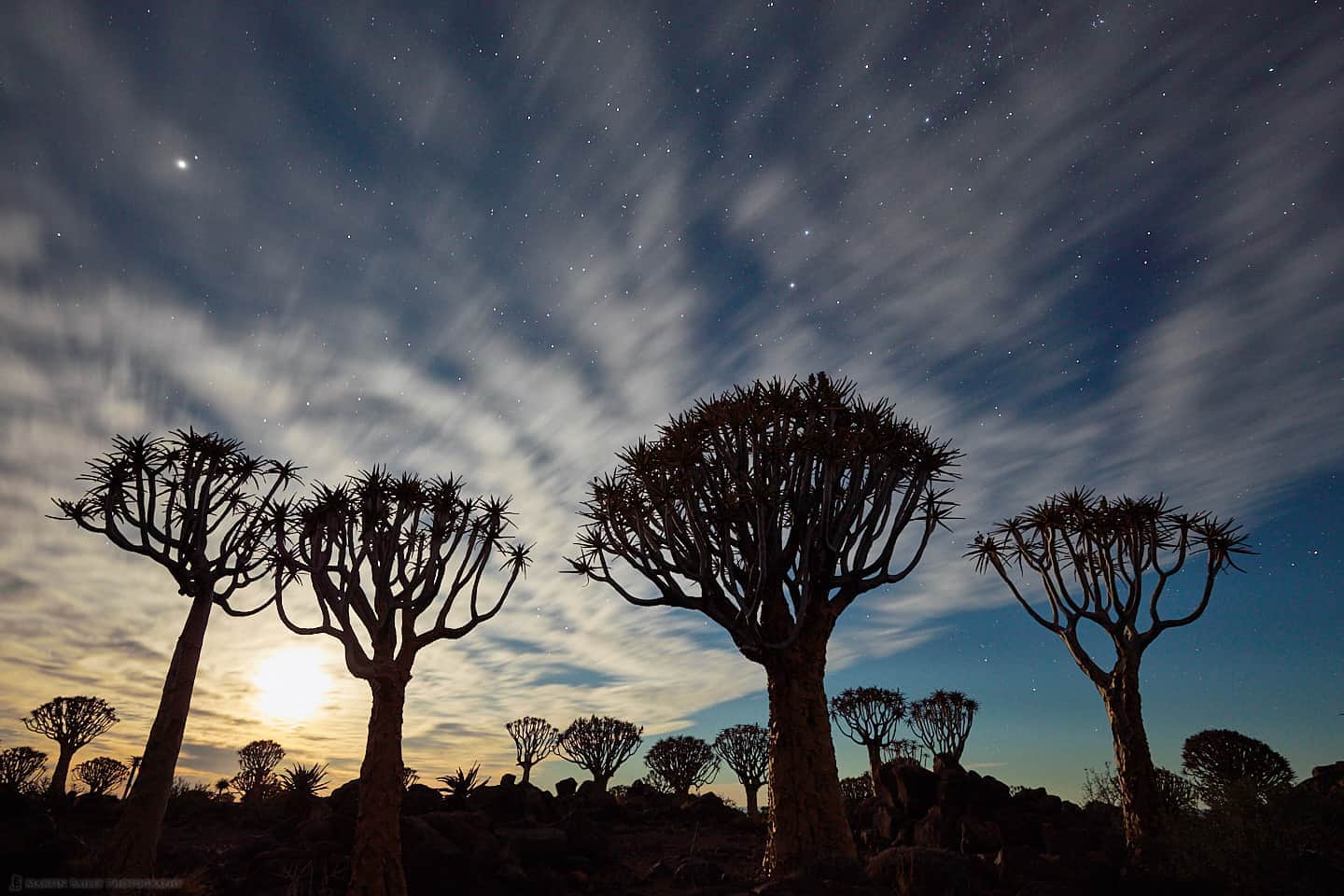
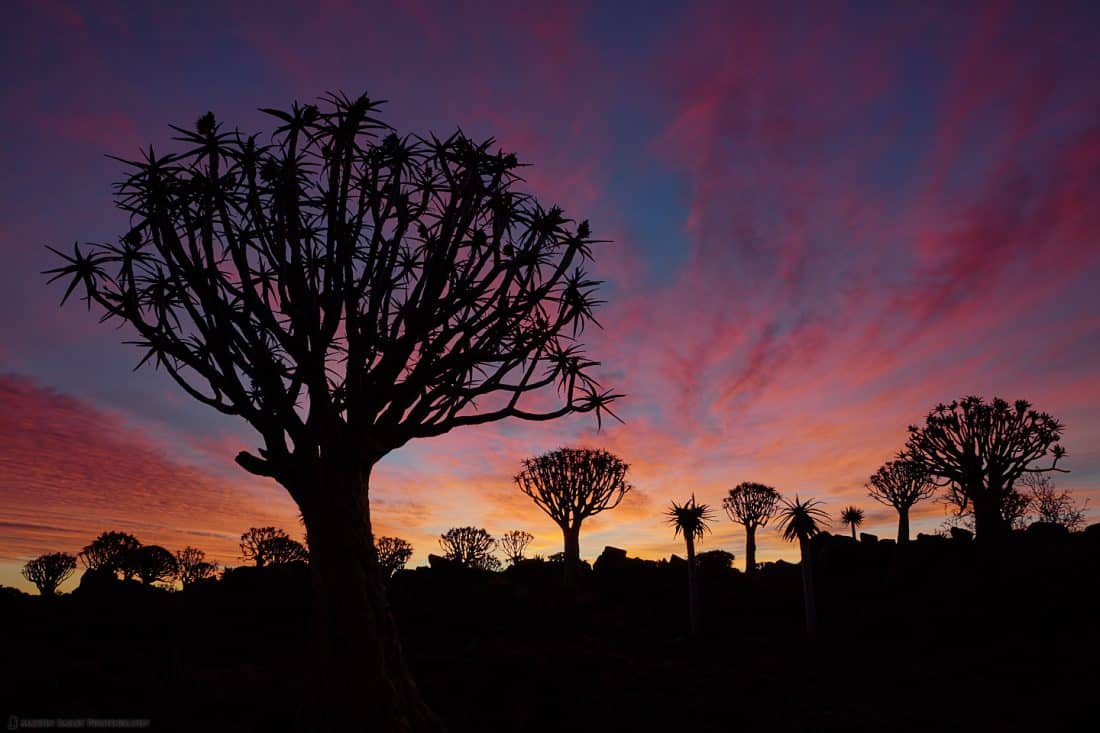
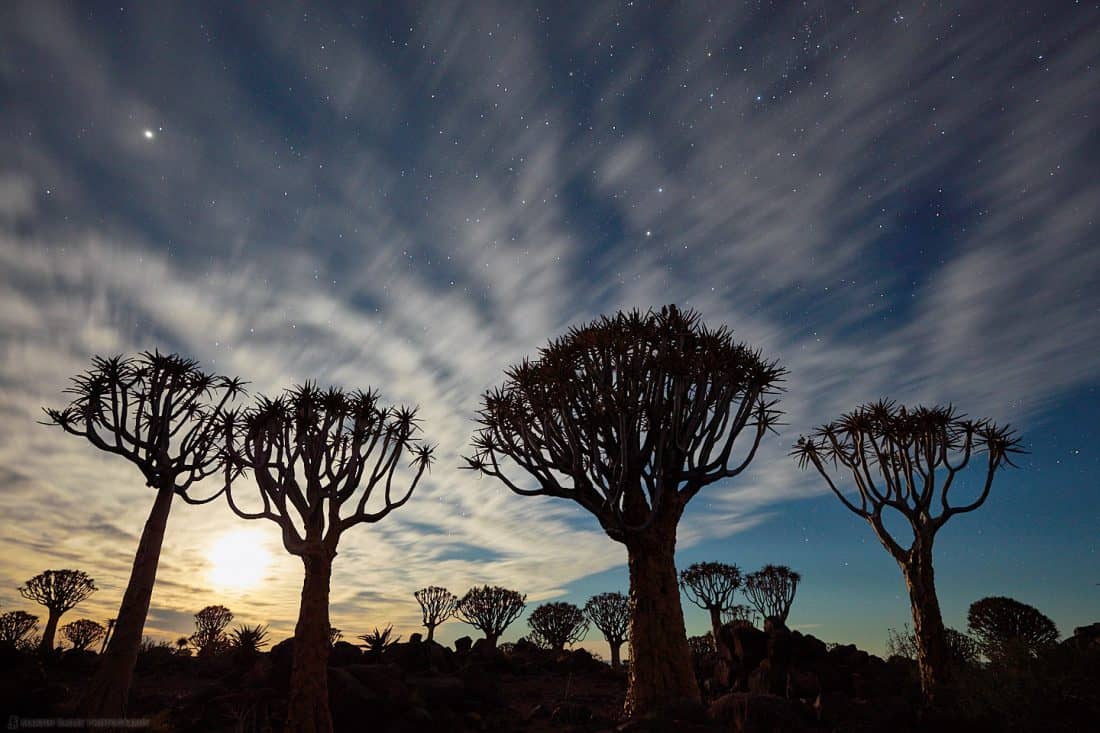
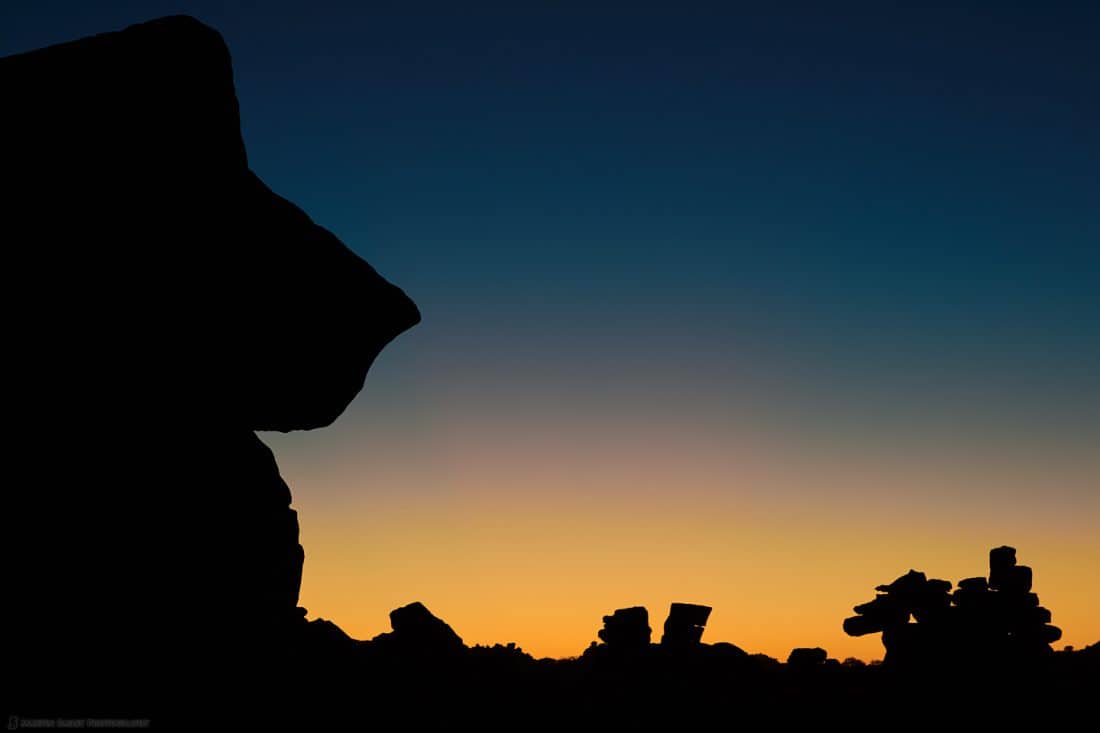
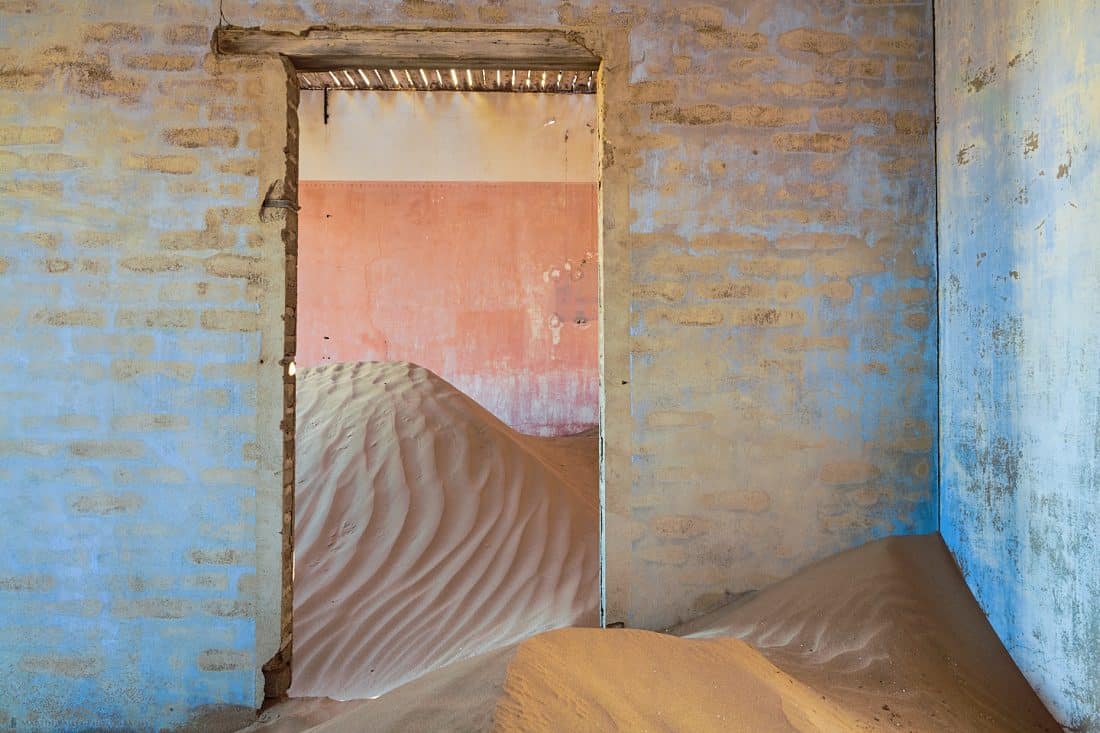

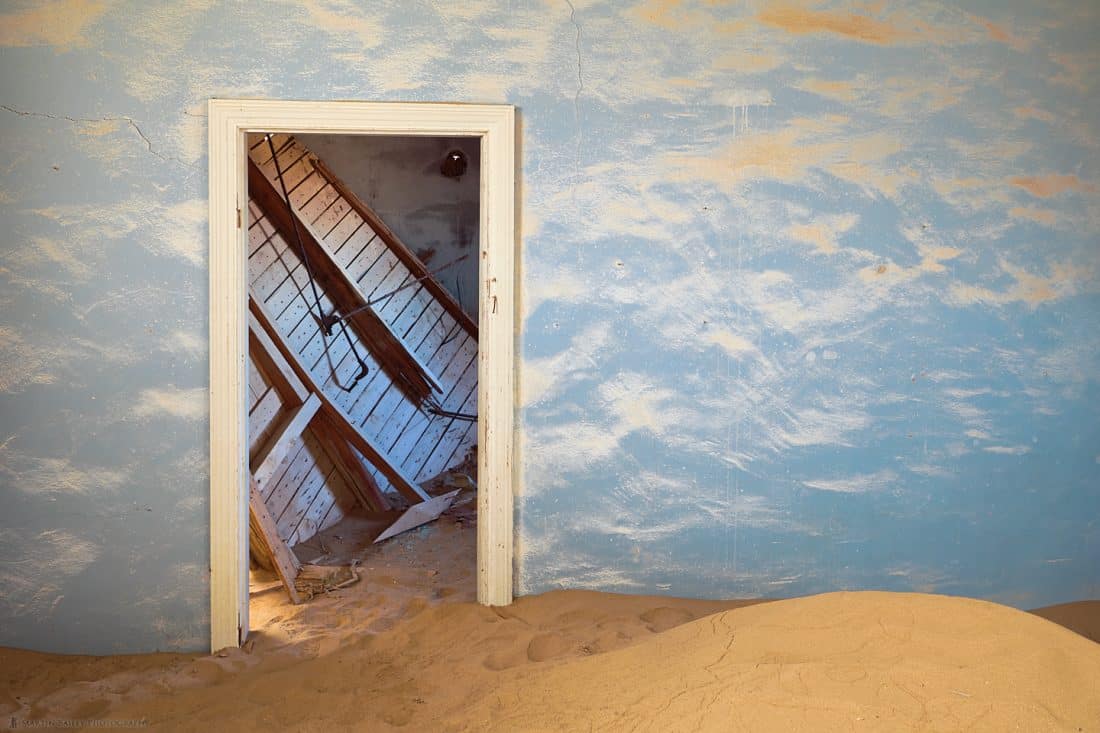
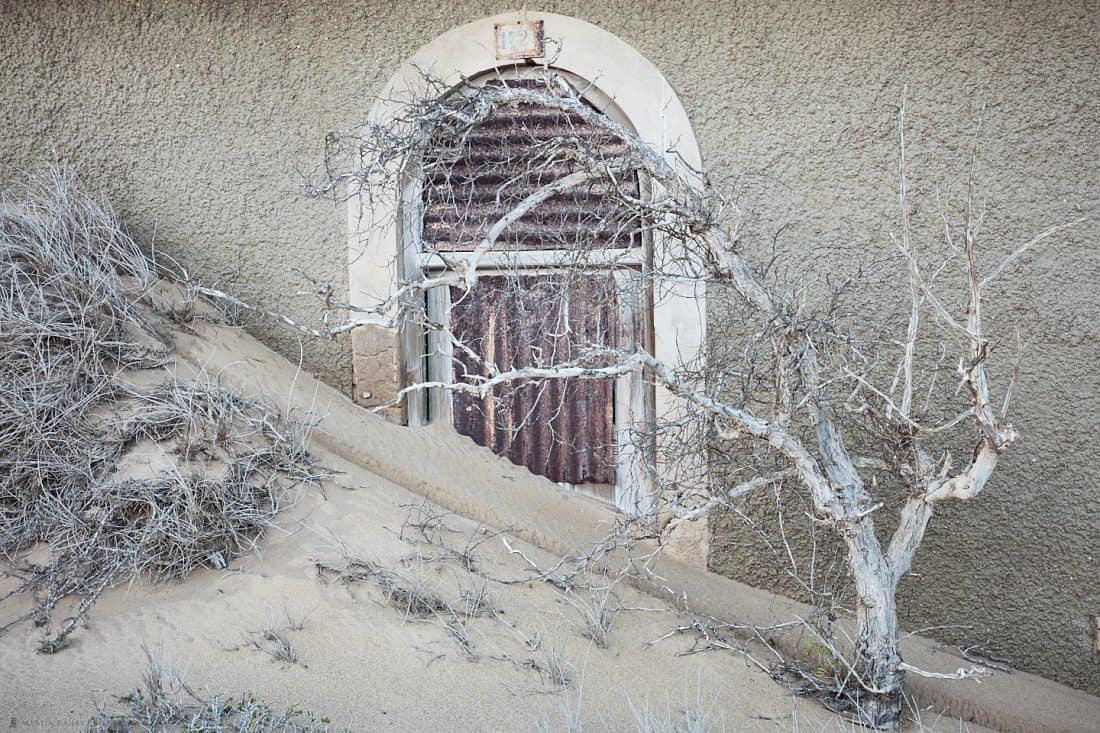
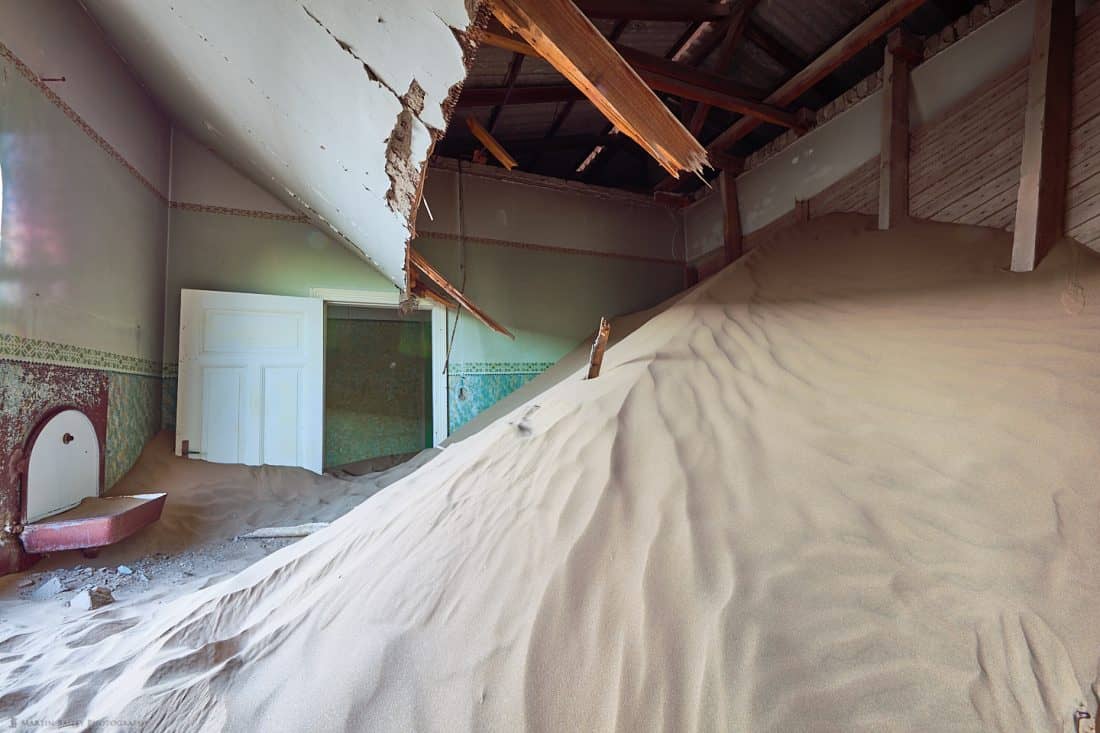
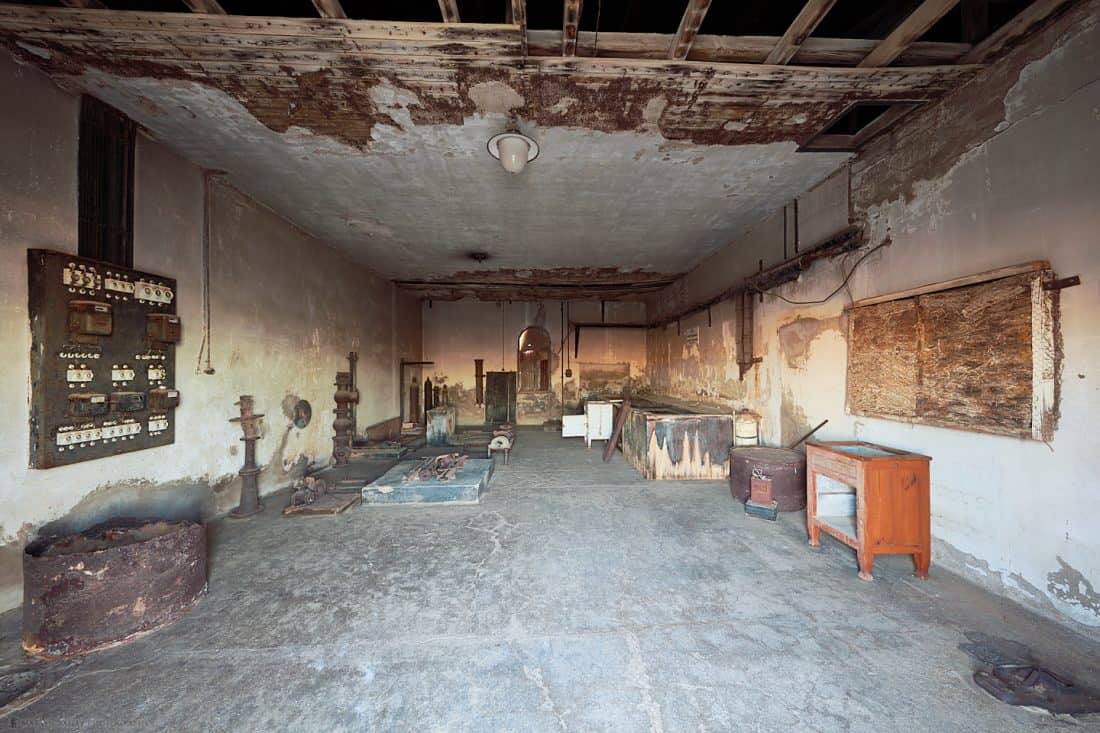
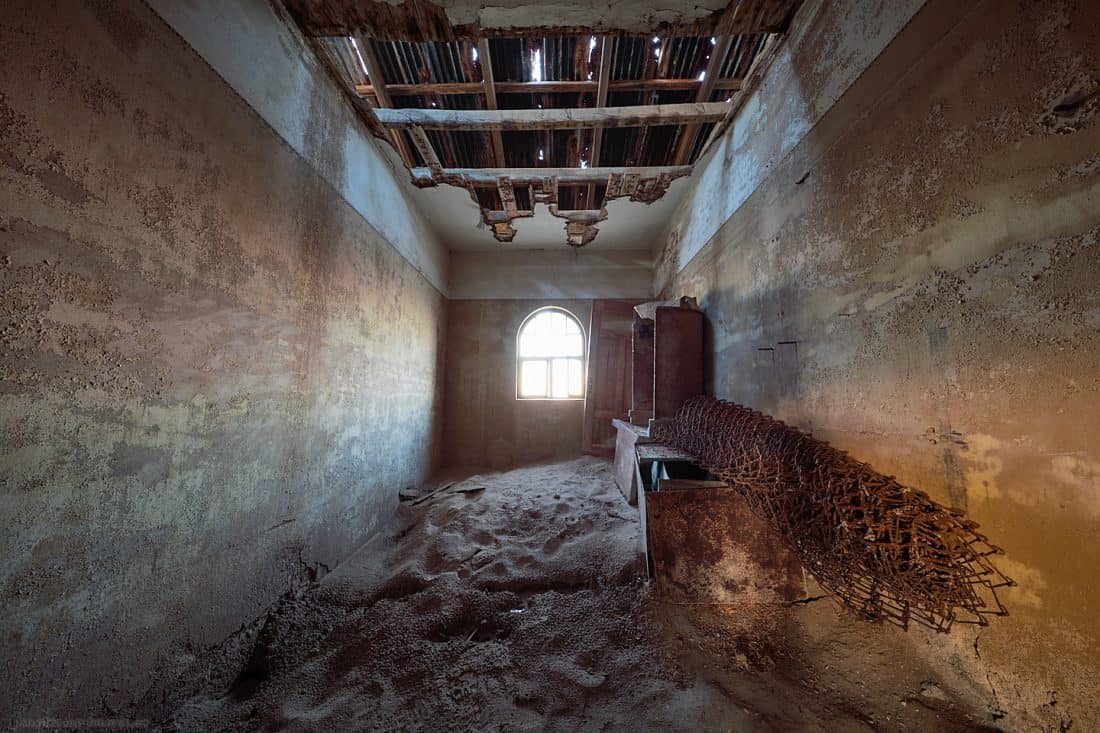

As one of the participants of the 2018 Namibia Tour and after looking over your initial blog of that trip this morning I wanted to comment immediately, while the tears are still fresh in my eyes. I guess I would describe them as tears of joy or maybe gratitude. Only being back home from that trip a couple of days and still a little bit jet-lagged it is emotionally a bit overwhelming for me to try and describe my experience right now. That will come later. The beauty and diversity I experienced in Namibia were both amazing and surprising. As a beginner photographer what I learned about photography far exceeded any of my expectations. As a lover of life what I experienced from everyone on the trip was camaraderie, support and a real passion for beauty, vision and creativity. I want to say to you Martin, to your assistant Rich and to each one of my fellow co-participants of the Namibia journey of a lifetime – thank you! I am reminded of the message/lettering on the shirt backs of our driver/guides – “We Change Lives”…. How true!
Aaw, Jan, I’m just catching up and only just saw your wonderful comment. Thanks so much for writing such a wonderful summary of your experience on this tour. I’m so pleased that you had such a good time.
This will remain one of my favorite tours and groups for year’s to come, I’m sure, and I’m really happy that you were a part of it. Thanks for everything that you brought to the experience, and I hope to get to travel with you again some time!
Regards,
Martin.
Martin – Brings back great memories of last year’s tour! Really loved Namibia in 2017. The country and the people are an experience that i will never forget. It’s one of the places that I wouldn’t mine seeing again – so exotic! Thanks for running these tours! So did you have as many Brits (Australians, NZers) enjoying G&Ts this year. HaHa.
Hi Dave,
Thanks for taking the time to comment! I’m pleased this is bringing back nice memories.
The group was America-heavy this year at six, then two Canadians and two Australians to make up the ten. There was no shortage of G&Ts or wine flowing either. 🙂
Regards,
Martin.